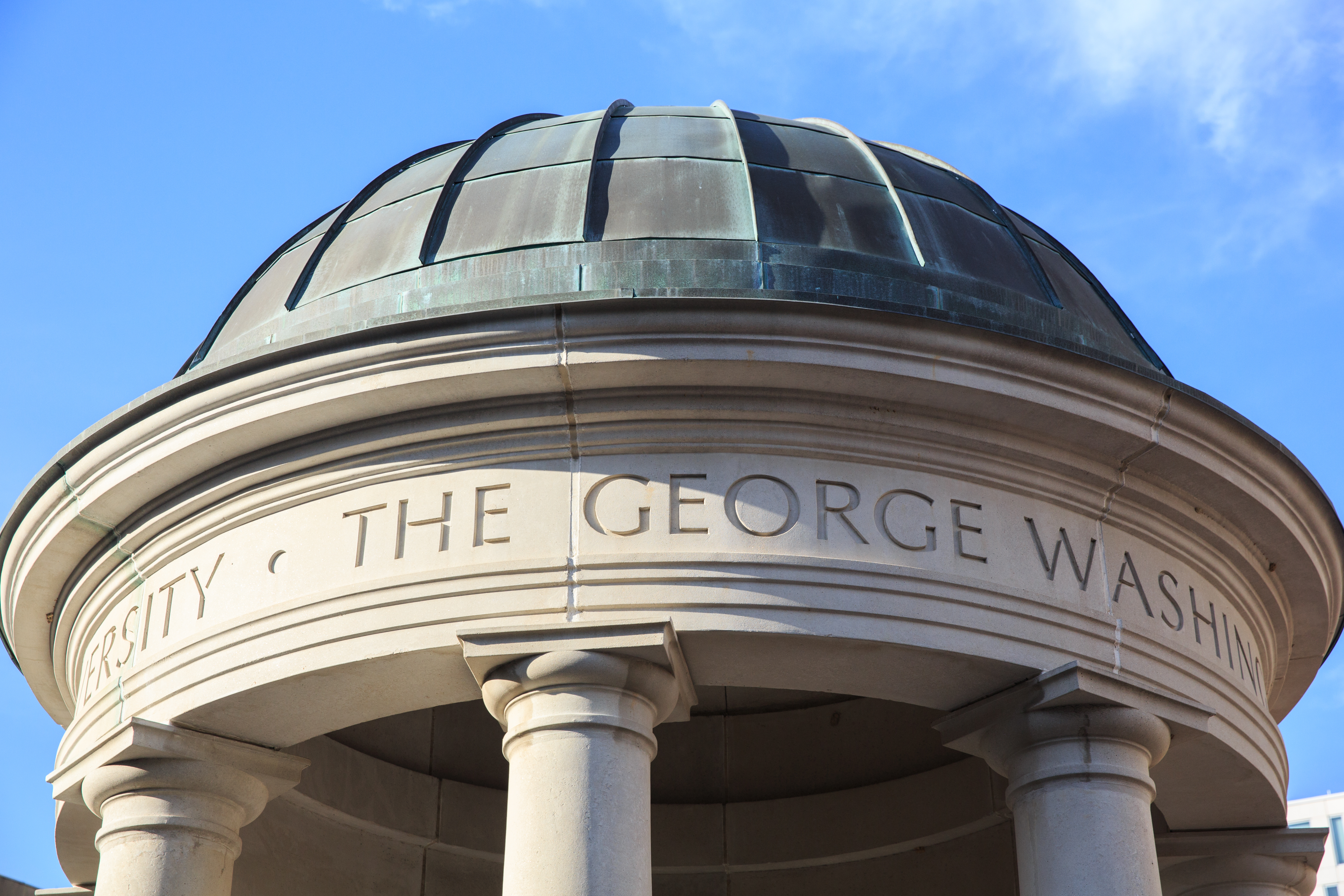In college rankings released this week and last week, the George Washington University moved both up and down when compared to previous years.
In the U.S. News & World Report rankings, the university moved from 56 in 2018 to 63 for 2019. In the Wall Street Journal/Times Higher Education (WSJ/THE) rankings, GW was ranked 64 in 2018 and moved up to 55 for the 2019 rankings.
For the WSJ/THE ranking, the dominant category pertains to student outcomes and post-graduation preparation.
This is measured with four variables: an institution’s graduation rate, a graduate’s starting salary, the extent that students are able to repay their student loans and an institution’s academic reputation. The student outcome category is worth 40 percent of the WSJ/THE ranking. Other factors that are used by the WSJ/THE include the resources of the institution (30 percent), student engagement (20 percent) and campus diversity (10 percent).
“When one compares us to other institutions, it is clear that the emphasis on different student outcomes variables, like the value added by the teaching at a college to the salary earned by graduates to graduates’ ability to pay back student loans, made a difference in our ranking,” explained Provost Forrest Maltzman.
U.S. News & World Report significantly altered its methodology for the 2019 publication, resulting in notable shifts for many institutions, including GW.
Most significant was the decision of U.S. News to decrease the weight attached to academic reputation and to eliminate acceptance rate as a factor in an institution’s ranking. They also decreased the importance of standardized tests and high school class rank. At the same time, U.S. News added to its factors a measure that takes into account the success an institution has in attracting and graduating students who are recipients of Pell Grants. Likewise, they continued to include in their ranking the alumni giving rate, the graduation rate and the amount the institution spends per student.
“I don’t think a college rankings list can tell prospective students whether GW is the right fit for them, but I do believe in looking at the data to understand why shifts occur,” said Dr. Maltzman. “While some of the U.S. News changes worked against our ranking this year, others, such as the addition of the Pell Grant graduation rate, take the overall U.S. News rankings in a positive direction. I also think it is worth recognizing the importance of eliminating admissions selectivity from the U.S. News rankings. It was a variable that distorted the college admissions process at many schools.”
Both the WSJ/THE and the US News rankings relied upon Integrated Postsecondary Education Data System (IPEDS) data for calculating the GW six-year graduation rate. For the class that entered in 2011, GW’s six-year graduation rate was 81 percent. This was the third year straight that the university had a graduation rate above 80 percent. The university anticipates reporting for the class that entered in 2012 a graduation rate around 82 percent.
“Rankings provide us with certain information, but they change from year to year based solely on the choices made by the entity publishing the list,” said GW President Thomas LeBlanc. “What doesn’t change is our mission, which is to provide a world-class education for our students and to support the exploration of new ideas by our students, faculty, staff and alumni.”



